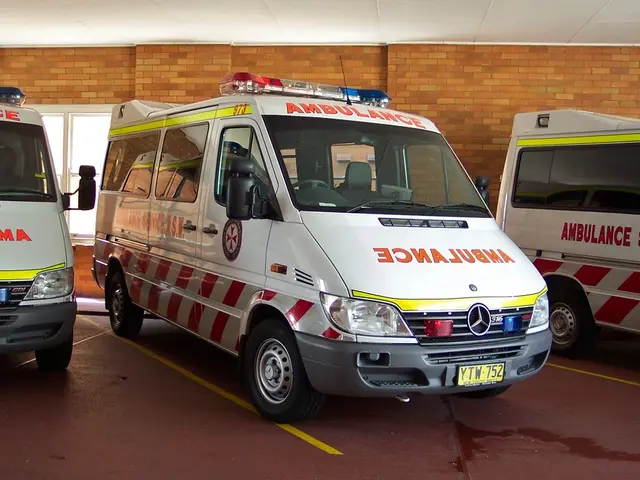Facts Regarding Blood Donation: Statistical Data and Essential Information
Every year, millions of individuals worldwide donate blood, making a significant difference in the lives of countless others. This life-saving act is crucial for patients facing various medical emergencies, chronic illnesses, and ongoing treatments.
Doctors use donated blood for a variety of reasons, including emergency and surgical procedures, childbirth, anemia, cancer treatments, and blood disorders. Whole blood transfusions help replace large volumes of blood lost in emergencies, while blood components like red blood cells, platelets, and plasma are essential for patients undergoing chemotherapy, managing chronic conditions, or treating bleeding disorders and blood cancers.
The process of donating blood is straightforward. To be eligible, a person must be at least 16 years old, weigh at least 110 pounds, and not be currently ill. Worldwide, over 100 million units of blood are donated annually, with the United States accounting for around 8 million donors in 2017. However, only 10% of eligible individuals in the US donate annually, leaving a significant gap to be filled.
The most common blood types in the US are O (39%), A (30%), B (9%), and AB (4%). Blood type compatibility is essential, as it affects which blood components are suitable for different recipients. Doctors often give platelets to people with the same blood type as the donor, but recipients can also receive platelets of a different blood type.
The shelf-life of plasma is 1 year, while red blood cells can last for up to 10 years if frozen. Plasma compatibility is determined by the recipient's blood type. The shelf-life of platelets is 5-7 days.
One of the lesser-known donation methods is Power red donation, which focuses on red cells and can help those who have experienced trauma, newborn infants, and those who need emergency transfusions after birth. This process allows donors to give more red cells while still maintaining a shorter recovery time compared to whole blood donation.
Donating blood can have additional benefits beyond saving lives. It can help reduce hypertension and is said to burn up to 650 calories per donation.
Blood banks are always in need of volunteers, not just blood donors. If you meet the criteria and are interested in making a difference, consider donating blood today. Your generous act could save up to three lives.
[1] American Red Cross. (n.d.). How is blood used in hospitals. Retrieved from https://www.redcrossblood.org/donate-blood/blood-donation-process/how-blood-transfusions-work/how-is-blood-used-in-hospitals.html [2] AABB. (n.d.). Blood components. Retrieved from https://www.aabb.org/transfusionpractice/bloodcomponents/default.aspx [3] Mayo Clinic. (2020, December 16). Blood transfusion. Retrieved from https://www.mayoclinic.org/tests-procedures/blood-transfusion/about/pac-20385113 [4] National Heart, Lung, and Blood Institute. (n.d.). Blood disorders. Retrieved from https://www.nhlbi.nih.gov/health-topics/blood-disorders [5] American Cancer Society. (n.d.). Blood transfusions. Retrieved from https://www.cancer.org/treatment/treatments-and-side-effects/treatment-types/blood-and-bone-marrow-transplant/blood-transfusions.html
- Science and medical-conditions often require blood transfusions, with donated blood used in emergency procedures, surgeries, childbirth, anemia, cancer treatments, and blood disorders like diseases or disorders of the blood.
- CBD, a popular health-and-wellness supplement, might not have an immediate connection to blood donation, but donating blood has reported benefits such as reducing hypertension and burning up to 650 calories per donation, thus contributing to an overall improvement in health-and-wellness.
- While traditionally whole blood donations are utilized for various medical purposes, modern donation methods like Power red donation allow donors to give more red blood cells with a shorter recovery time, benefiting patients dealing with trauma, newborn infants, and those in emergency situations.




